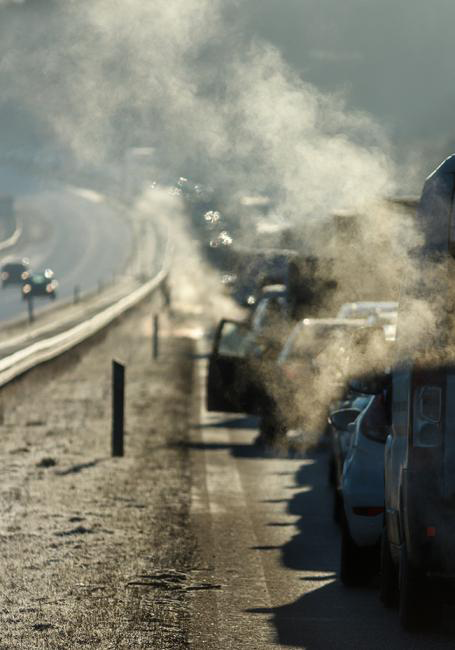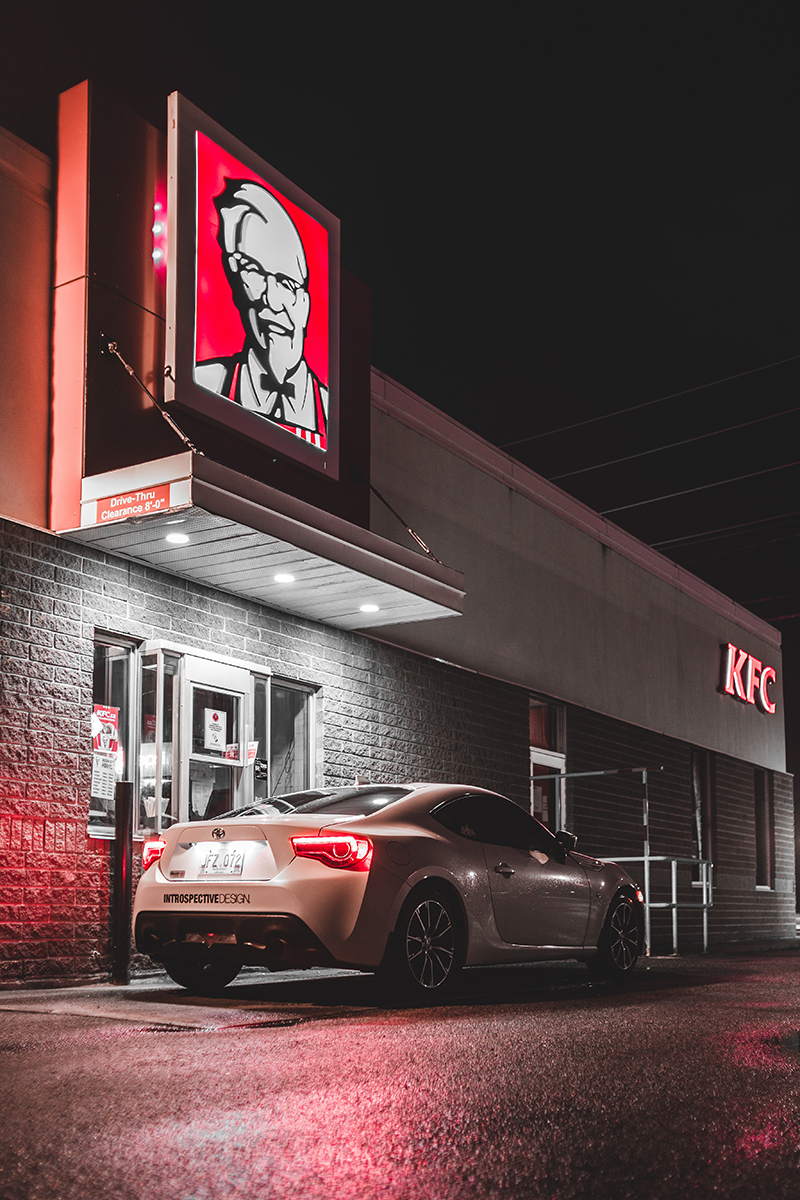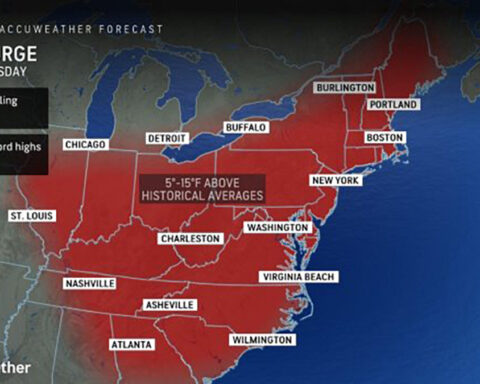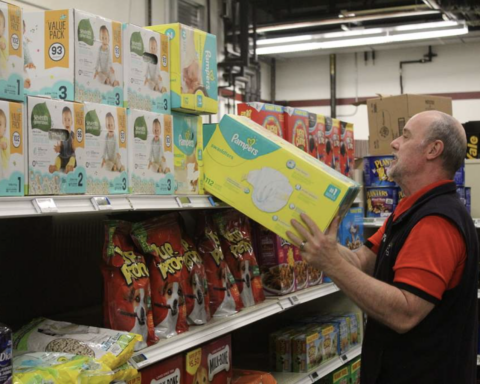Editor’s Note: The following article is derived from officially released information, published with few or no editorial changes. The Greylock Glass occasionally provides our readers with such content if the information is factual in nature, and requires little to no interpretation or analysis, often when original reportage would not provide additional relevant information.
Idling your vehicle—running your engine when you’re not driving it—truly gets you nowhere. Idling reduces your vehicle’s fuel economy, costs you money, and creates pollution. Idling for more than 10 seconds uses more fuel and produces more emissions that contribute to smog and climate change than stopping and restarting your engine does. Researchers estimate that idling from heavy-duty and lightduty vehicles combined wastes about 6 billion gallons of fuel annually. About half of that is attributable to personal vehicles, which generate around 30 million tons of CO2 every year just by idling. While the impact of idling may be small on a per-car basis, the impact of the 250 million personal vehicles in the U.S. adds up. For saving fuel and reducing emissions, eliminating the unnecessary idling of personal vehicles would be the same as taking 5 million vehicles off the roads.
Modern Cars Don’t Need To Idle

Advances in vehicle technology have made it easier than ever to avoid idling. Current vehicle owner’s manuals, which contain information on how to get the best and most economical performance, often recommend avoiding idling. In today’s vehicles, driving the vehicle helps the engine reach its ideal operating temperature faster than idling it. The catalytic converter, which reduces emissions, operates much sooner if the car is driven. Even on the coldest days, most manufacturers recommend avoiding idling and driving off gently after running the vehicle for about 30 seconds. Not only will the engine warm up faster by being “at work,” but the car’s interior will warm up more quickly as well. Similarly, today’s gasoline and diesel vehicles do not suffer damage by being turned on and off. Starters and batteries are much more durable now than they were in the past.
Consider Your Circumstances

Drive-through lines are a common place for vehicles to idle. If a line at a drive-through restaurant, pharmacy, or bank is long, consider turning off your car while you wait or parking and going inside. Likewise, when waiting for passengers, consider the weather. If the temperature is moderate, turning off your engine makes sense. It’s especially important for caregivers waiting to pick up schoolchildren to minimize idling, because vehicle emissions are more concentrated near the ground, where children breathe. Poor air quality can contribute to asthma and other ailments, and children’s lungs are more susceptible to damage than adults’ lungs are.
There are a few circumstances where idling is hard to avoid. When waiting in traffic, you must keep your car running for safety reasons. In winter, you may need to idle to defrost your windows. When bringing your car for vehicle emissions testing, your inspection station may require that you idle to keep your engine at operating temperature.
Idling May Even Be Illegal
If money wasted and pollution don’t provide enough reasons to avoid idling, some jurisdictions have laws against it. You could
be subject to a fine if you idle unnecessarily in:
• New York City
• Massachusetts
• Maryland
• New Hampshire
• New Jersey
• Vermont
• Hawaii
• Parts of California, Colorado, New York,
Ohio, Utah, and other states
Check Clean Cities’ IdleBase for a list (cleancities.energy.gov/idlebase) of local and state regulations to see whether your area has laws that restrict idling.
Solutions To Minimize Idling
For everyday drivers, the best way to reduce idling is to simply turn the key when stopped for 10 seconds or more, except in traffic. Driving a hybrid-electric vehicle makes idle reduction even easier. Hybrids shut off the engine when they are not moving and even enable slow movement with the engine off. “Mild hybrid” or stop-start technology, which is increasingly available in a number of vehicles, also eliminates idling when the car is stopped.
We make it easy to support us (and you should be if you’ve gotten this far).
Make a one-time donation
Make a monthly donation
Make a yearly donation
Choose an amount
Or enter a custom amount
Your contribution is appreciated.
Your contribution is appreciated.
Your contribution is appreciated.
Donate Donate monthly Donate yearlySchools Offer Unique Opportunities

the health of children; photo by Caleb Oquendo.
As communities are often concerned about the effects of poor air quality on children, many anti-idling campaigns have targeted diesel-powered school buses. To protect public health, school districts nationwide have enacted policies and trained drivers on idle-reduction techniques. There are several sources of information on designing a campaign that works for your school, many of which teachers can use as environmental education teaching tools. The U.S. Environmental Protection Agency’s Clean School Bus USA (epa.gov/cleandiesel/sector-programs/csb-overview.htm) program can help parents and school district reduce idling. In addition to improving air quality, minimizing idling can save school districts money by reducing the vehicles’ fuel cost and engine wear.
Everyone Can Contribute
Contact your local Clean Cities coalition (cleancities.energy.gov). These coalitions work to reduce petroleum use in transportation with the support of the U.S. Department of Energy.
• Talk to the principal of your child’s school to ask that antiidling signs be posted where school buses and parents’ vehicles wait.
• Work with your school board on a district-wide anti-idling campaign.
• Talk to managers of local drive-through businesses about idling’s air-quality impacts and suggest that signs be posted to remind patrons not to idle. There are a number of ways drivers can reduce their own idling and encourage others to do the same.
For more information, visit: cleancities.energy.gov
Clean Cities supports idling reduction through its online toolkit, IdleBox (cleancities.energy.gov/idlebox).
Prepared by Argonne National Laboratory,
a U.S. Department of Energy laboratory managed by UChicago Argonne, LLC
















